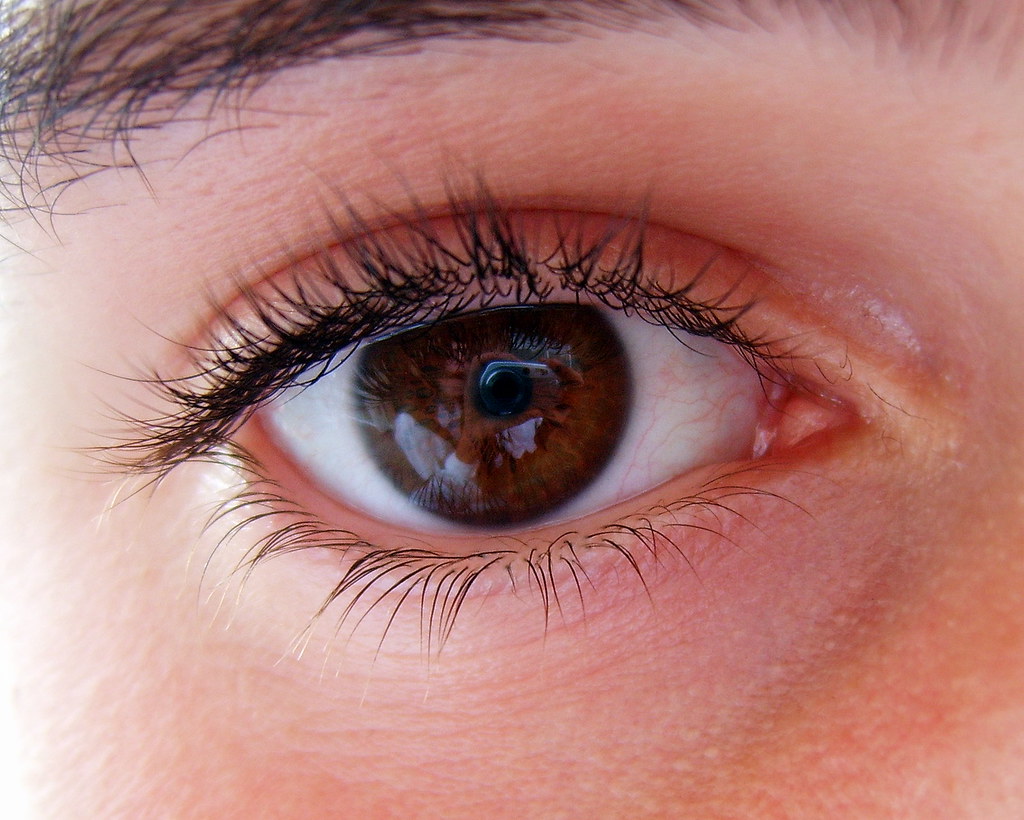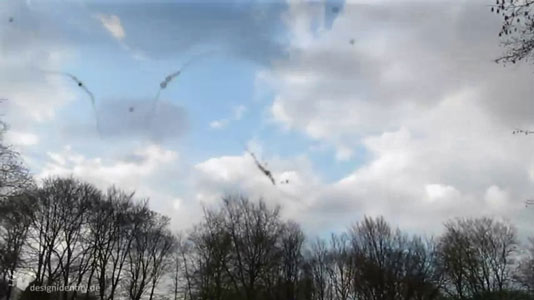As I reported back on June 16th, Advanced Cell Technology had enrolled the first two patients in its Phase I/II clinical trials using retinal pigment epithelial (RPE) cells derived from embryonic stem cells (hESCs) for treating Stargardt’s Macular Dystrophy (SMD) and for the treatment of the dry form of age-related macular degeneration (Dry AMD). The company announced today that these first patients had now successfully received their first dose of the stem cells.
(Editors note: Please also see the addendum attached at the end of this piece.)
Here is the announcement:
ACT Announces First Patients Undergo Embryonic Stem Cell Transplantation Treatment for Stargardt's Disease and Macular Degeneration at UCLA's Jules Stein Eye Institute
MARLBOROUGH, Mass., July 14, 2011 /PRNewswire/ -- Advanced Cell Technology, Inc., today announced the dosing of the first patients in each of its two Phase 1/2 clinical trials for Stargardt's macular dystrophy and dry age-related macular degeneration (dry AMD) using retinal pigment epithelial (RPE) cells derived from human embryonic stem cells (hESCs). The patients were treated Tuesday (July 12) by Steven Schwartz, M.D., Ahmanson Professor of Ophthalmology at the David Geffen School of Medicine at UCLA and retina division chief at UCLA's Jules Stein Eye Institute. Robert Lanza, M.D., chief scientific officer of ACT, attended the procedures. Both patients successfully underwent the outpatient transplantation surgeries and are recovering uneventfully.
Both the Stargardt's trial and the dry AMD trial will enroll 12 patients each, with cohorts of three patients each in an ascending dosage format. Both trials are prospective, open-label studies designed to determine the safety and tolerability of hESC-derived RPE cells following sub-retinal transplantation into patients with Stargardt's and dry AMD at 12 months, the studies' primary endpoint.
"This first treatment milestone is welcomed by scientists, stem cell advocates and patients hoping for cures," said Gary Rabin, interim chairman and chief executive officer of ACT. "The two trials could not have started any smoother, and we are very pleased to announce that the procedures went well. The dosing of the first patients represents an important milestone for ACT and opens the doors to a potentially significant new therapeutic approach to treating the many forms of macular degeneration. We believe that these procedures represent a key step forward in therapeutic stem cell research, and the capacity to treat a variety of devastating diseases."
Dr. Schwartz, the studies' principal investigator, explained, "One patient in each clinical trial, the Stargardt's trial and the dry AMD trial, has undergone surgical transplantation of a relatively small dose (50,000 cells) of fully-differentiated retinal pigment epithelial (RPE) cells derived from human embryonic stem cells. Early indications are that the patients tolerated the surgical procedures well. The primary objective of these Phase 1/2 studies is to assess the safety and tolerability of these stem cell-derived transplants. We will be carefully monitoring our patients over the course of the trials. We are privileged to be collaborating with ACT and honored to be working with these pioneering patients."
Dry AMD, the most common form of macular degeneration, Stargardt's and other forms of atrophy-related macular degeneration are usually untreatable. Safe and effective therapies are greatly needed for the treatment of these common forms of blindness. Disease progression of both Stargardt's and dry AMD includes thinning of the layer of RPE cells in the patient's macula, the central portion of the retina and the anatomic location of central vision. With RPE cell death comes the loss of macular photoreceptors and loss of central vision. Currently both conditions are untreatable and often lead to legal blindness over a multi-year course. ACT's Stargardt's and dry AMD therapies treat these conditions by transplanting RPE cells in the patient's eyes before the RPE population is lost.
"Today -13 years after the discovery of human embryonic stem cells - the great promise of these cells is finally being put to the test," said Dr. Lanza. "The initiation of these two clinical trials marks an important turning point for the field. While we will continue writing research papers and carrying out more research, it's time to start moving these exciting new stem cell therapies out of the laboratory and into the clinic. Tens of thousands of people continue to die every day from diseases that could potentially be treated using stem cells. In the meantime, we intend to accelerate our efforts to translate new embryonic stem cell (ES) and induced pluripotent stem (iPS) cell therapies into the clinic. It has taken years of extensive research to get to this point. Our research and preclinical studies have demonstrated the safety and effectiveness of such therapies. We hope these cells may provide a treatment option not only for degenerative eye diseases, but for a wide spectrum of other debilitating conditions, ranging from diabetes to vascular and autoimmune diseases. Our team remains committed to moving the field of regenerative medicine forward from bench to bedside."
Addendum: Along with the news from the company and UCLA shown in the press release above, the Los Angeles Times covered the story and presented some interesting additional information. I have attached the LA Times writeup as an addendum to this piece.
Stem cell clinical trials to treat eye diseases begin at UCLA
By Daniela Hernandez,
Los Angeles Times/For the Booster Shots blog
July 14, 2011, 2:01 p.m.
After more than 20 years of research, doctors at UCLA's Jules Stein Eye Institute have begun treating the first patients in clinical trials for two progressive eye diseases that cause blindness: dry age-related macular degeration and Stargardt's macular dystrophy.
The patients were given an injection of specialized eye cells that were derived from embryonic stem cells. Dr. Steven Schwartz, who is leading the trial at UCLA, performed both stem cell transplant surgeries Tuesday. The two patients are said to be recovering without complications.
According to Dr. Robert Lanza, chief scientific officer at Advanced Cell Technologies Inc., which developed the cells and is sponsoring the trials, "you could feel the excitement in the air and that history was being made."
Surgery began for the first of two patients, a 77-year old woman with dry macular degeneration, around 9:30 a.m. Tuesday and took about half an hour. In the afternoon, a 27-year old woman with Stardgart's macular dystrophy underwent the same procedure. Both patients are legally blind.
Doctors will monitor these two patients over the coming weeks. Another set of surgeries is scheduled to start in August.
Schwartz explained how these trials will help patients and what they mean for regenerative medicine. His comments were edited for space and clarity.
What are dry age-related macular degeneration and Stargardt's macular dystrophy?
Twenty percent of age-related macular degeneration is wet macular degeneration and it is treatable. The other 80% of people have an untreatable, progressive visual loss leading to legal blindness called dry, or atrophic, macular degeneration.
The retinal cells, the rods and cones, and the underlying retinal pigment epithelium atrophy. As they atrophy, there is a long period of time when they are compromised and then they're gone.
Stargardt's is a genetic disorder and it strikes earlier in life. Patients start to notice visual changes as early as their teens and as late as their forties. There are a number of known genetic abnormalities in the photoreceptors that are toxic over time.
In this trial, what cells in the eye are you replacing with stem cells?
Advanced Cell Technologies Inc. has been able to take [embryonic] stem cells and differentiate them into highly functional retinal pigment epithelium that do everything they're supposed to do. Our strategy of giving the eye brand-new, ready-to-go retinal pigment epithelium is designed for areas that are compromised, not for the areas that are gone. So we need to catch it early enough for this treatment to work.
Will the patients regain vision?
The patients' central vision is already gone. Not rescuable. So the patients we're enrolling in this trial know they will not be getting their central vision back.
If not to restore vision, what is the goal?
This is a safety trial. It's not designed to improve vision. It may; and if we see a signal, that would be great news and we're hoping we will. It's plausible biologically, but that's not what we're looking for.
What results are you hoping to see?
I hope what happens is that we find this is safe and that we can optimize the dosing, and that allows us to move into eyes that are earlier in disease. That could have a real visual upside.
How long is the surgery?
Under an hour. It's an outpatient procedure done with local anesthesia. It's a surgery that we've done before - not with the injection of these stem cells, but we've accessed the eye before, and that's one of the things that I've had a lot to do with surgically.
What does this trial mean for medicine?
We're super-privileged to be taking this first step. It's the unknown. These patients are doing a service for mankind. It's inspirational.















